Cargando...
Recursos educativos
-
Nivel educativo
-
Competencias
-
Tipología
-
Idioma
-
Tipo de medio
-
Tipo de actividad
-
Destinatarios
-
Tipo de audiencia
-
Creador
Lo más buscado
- Literatura contemporánea
- Proyectos escolares de quimica
- Capitales de América
- Fichas ortografía
- Ejercicios griego
- Aprender a cantar
- Clasificar imágenes
- Actividades cientificas para niños
- Letras K
- Regiones de Alemania
- Childtopia manualidades
- Fichas para pintar
- Química elemental
- fábulas para niños
- Ejercicios de repaso y refuerzo
-
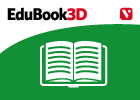
Unicellular and multicellular organisms
EduBook Organización
- 1 lo usan
- 1822 visitas
Unicellular organisms Some living things are made up of a single cell. These are called unicellular organisms. Cells in unicellular organisms can live independently and reproduce by growing and dividing…
-
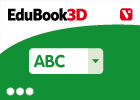
Classify. Living things
EduBook Organización
- 2019 visitas
We classify living things into four main groups. All living things that belong to the same group have some common characteristics. The four main groups are: animals, plants, fungi and unicellular…
-
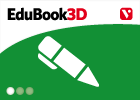
Look. Birds
EduBook Organización
- 2018 visitas
Look at the images and answer: What are the two types of feathers on birds called? What substance do birds feathers contain?
-
Match. Fish
EduBook Organización
- 2017 visitas
Decide if the following words are connected with fish or not: legs ➝ gills ➝ lungs ➝ fins ➝ wings ➝ skin ➝ eggs ➝ tail ➝ scales ➝ nest ➝ water ➝
-

True/false. Sponges
EduBook Organización
- 2019 visitas
Decide if the following statements are true or false: Sponges are the simplest type of animal that exists. Sponges can live in the water and on land. Sponges are usually regular in shape. They eat…
-
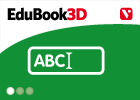
Correct. Birth
EduBook Organización
- 2022 visitas
Correct the underlined mistakes in the text with the correct words: umbilical caesarian section fetus navel vagina ova zygote sperm Birth is the process in which the embryo is born, it travels from the…
-
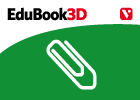
Find out more
EduBook Organización
- 2022 visitas
A hydra is a type of cnidarian. It is only a few millimetres long and lives in fresh water. Hydras reproduce asexually by budding. The hydra in this photo has a bud growing out of its left side. This…
-
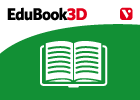
Nuestras tierras en tiempos de los romanos
EduBook Organización
- 2024 visitas
La conquista romana Los romanos iniciaron la conquista del valle del Guadalquivir a finales del siglo III a.C. Con la caída de la ciudad cartaginesa de Gadir (Cádiz) en el año 206 a.C., el territorio…
-
Evaluación inicial T9 03 - Los seres vivos
EduBook Organización
- 2017 visitas
Contesta a las siguientes preguntas: ¿Qué organismo es más complejo en su organización: el ser humano o una bacteria? ¿Una bacteria está formada por una sola célula?
-
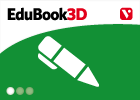
Evaluación final T10 04 - Los animales
EduBook Organización
- 2013 visitas
Nombra los cuatro grupos en los que se dividen los artrópodos y escribe un ejemplo de cada uno de ellos.
Te estamos redirigiendo a la ficha del libro...













